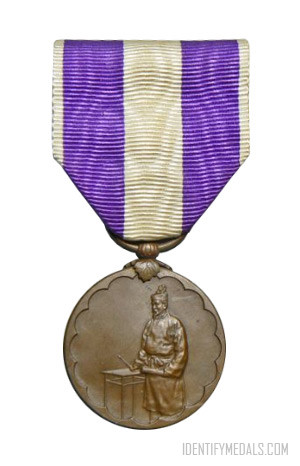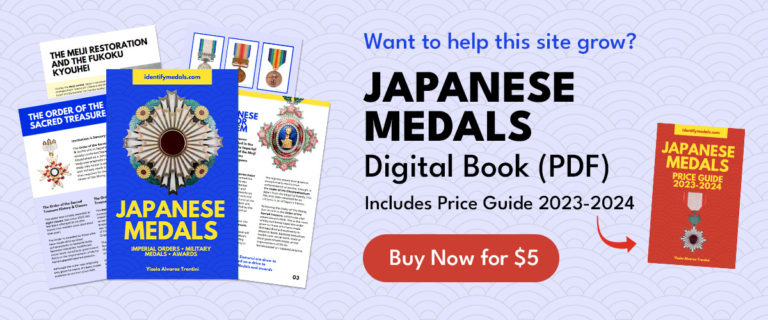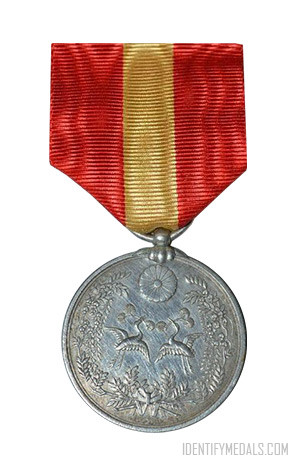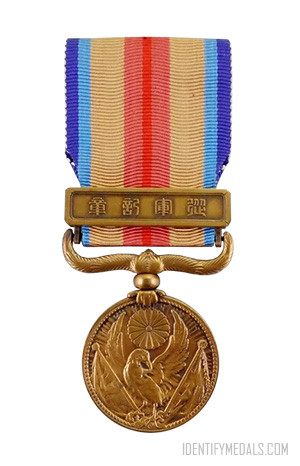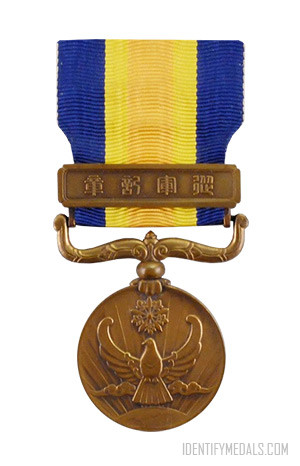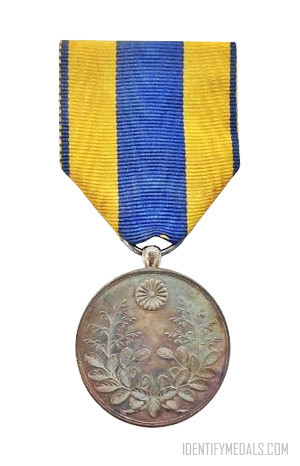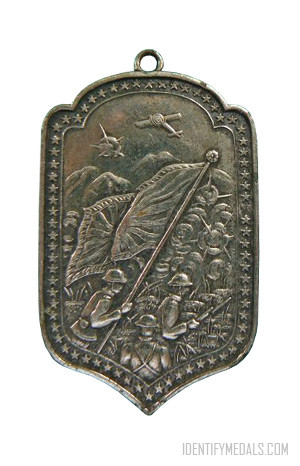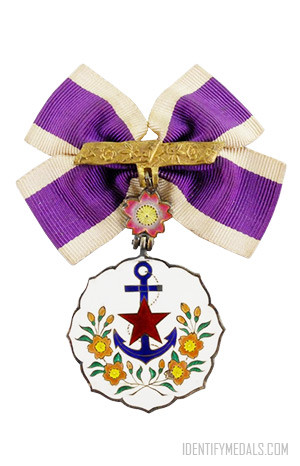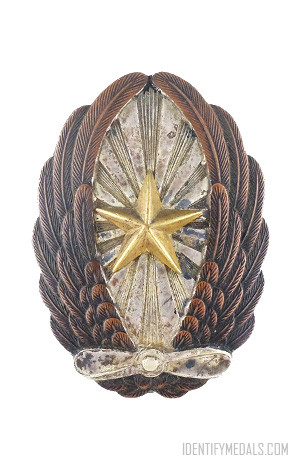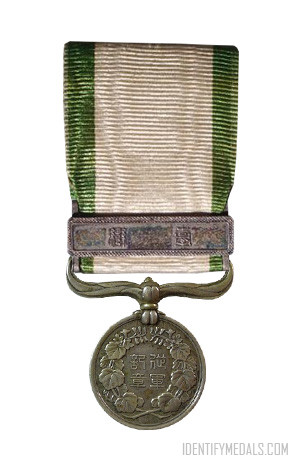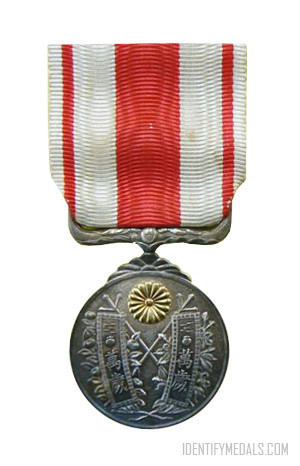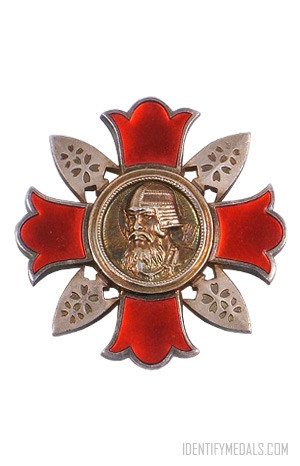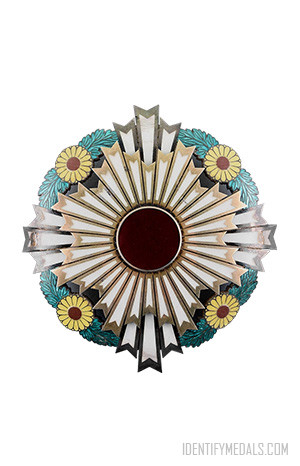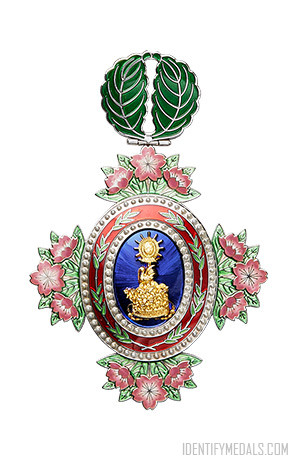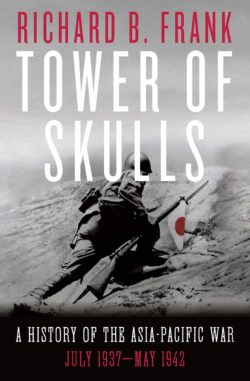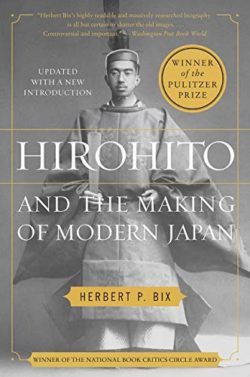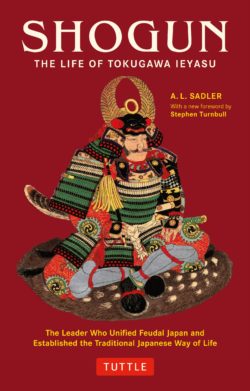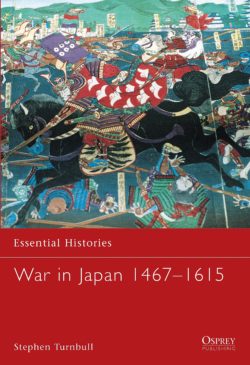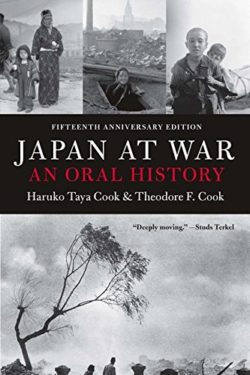The 1920 Japan Census Medal was given to official census takers or those employed by the census bureau. The medal was instituted by Imperial Edict on 17 June 1921 to acknowledge those who participated and assisted in the first national Japanese census that began on 1 October 1920.
There is only one official census medal for Japan, although a few censuses were taken from 1920 until the end of the war. Each was taken every five years except for 1945 (because of the war). The official records show that the Japanese national census took place in these years: 1920, 1925, 1930, 1935, 1940, 1947, 1950, and so on every five years.
The 1920 Japan Census Medal Design
The medal is circular, struck in bronze and has a leaf-shaped claw. The suspension is a laterally-pierced cylinder.
The obverse shows the figure of an official of the Taika (Great Reform) era (AD 646) with a brush in his right hand, a rolled scroll in his left, standing before a table, all within a scalloped border representing the outline of a chrysanthemum crest. The reverse has the inscription ‘Taishō 9th Year / National Census / Commemorative Medal / 10th Month, 1st Day’.
The medal was awarded in a paulownia wood case with a white velvet fitted insert.

